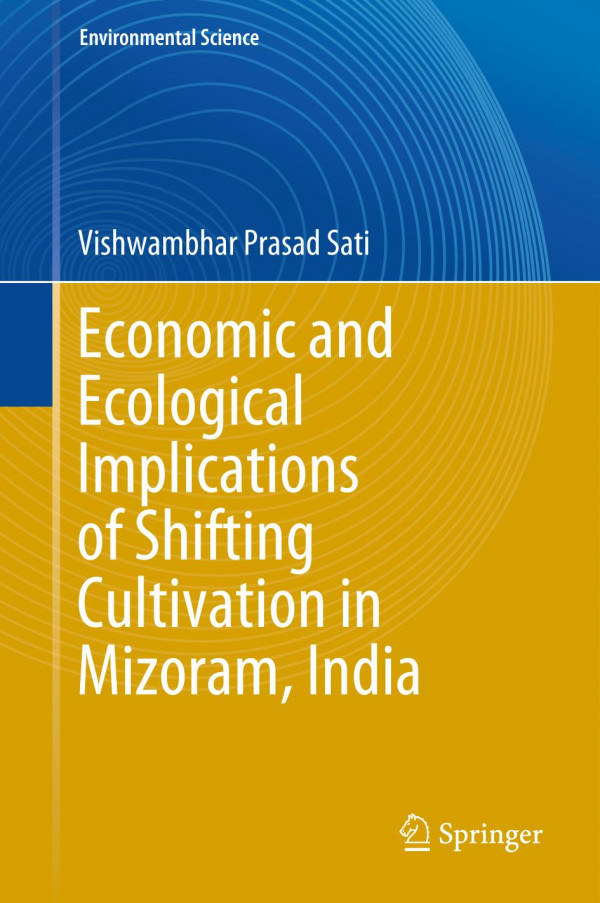

Most ebook files are in PDF format, so you can easily read them using various software such as Foxit Reader or directly on the Google Chrome browser.
Some ebook files are released by publishers in other formats such as .awz, .mobi, .epub, .fb2, etc. You may need to install specific software to read these formats on mobile/PC, such as Calibre.
Please read the tutorial at this link: https://ebookbell.com/faq
We offer FREE conversion to the popular formats you request; however, this may take some time. Therefore, right after payment, please email us, and we will try to provide the service as quickly as possible.
For some exceptional file formats or broken links (if any), please refrain from opening any disputes. Instead, email us first, and we will try to assist within a maximum of 6 hours.
EbookBell Team

0.0
0 reviewsThis book presents the first empirically tested, comprehensive study on shifting cultivation in Mizoram. Shifting cultivation is a unique and centuries-old practice carried out by the people of Mizoram in Northeast India. Today, it is a non-economic activity as it does not produce sufficient crops, and as a result, the area under shifting cultivation is decreasing. Such cultivation leads to the burning and degradation of vast areas of forestland and therefore has adverse impacts on the floral and faunal resources. This book is a valuable resource for government workers, policymakers, academics, farmers and those who are directly or indirectly associated with practical farming, or with framing and implementing policies. It is equally important to master’s and Ph.D. students of geography, resource management, development, and environmental studies who are involved in research and development.